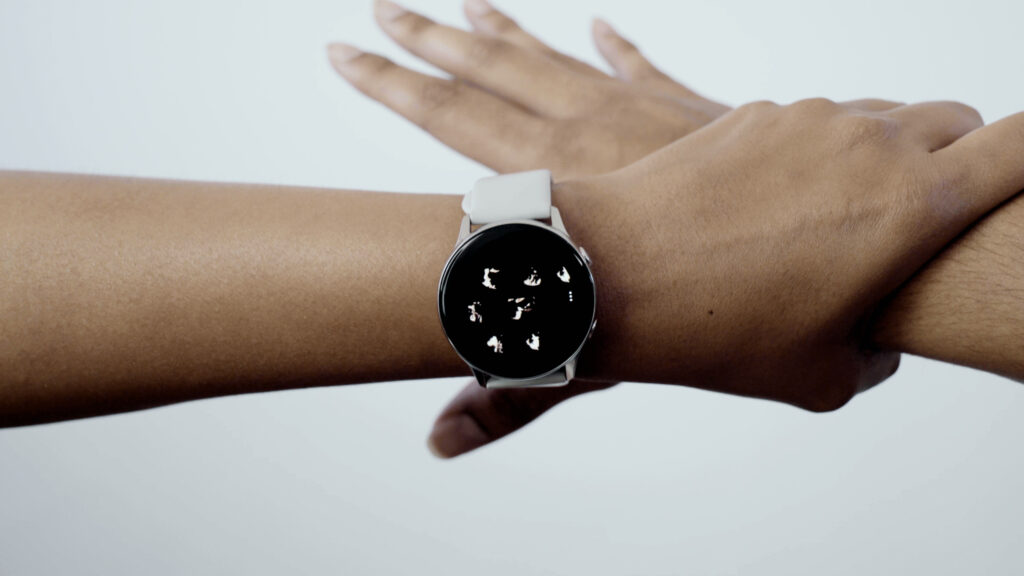
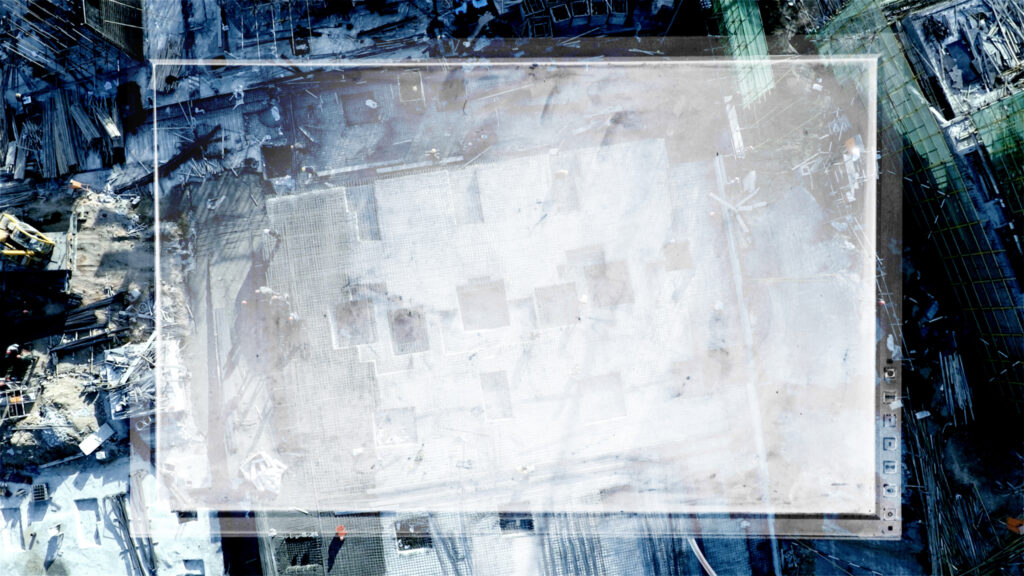

Show Me Other Places
At the centre of this film is a Sri Lankan woman accessing other places in digital form, while situated in her own physical reality. Navigating through a multitude of spaces from the natural world to man-made environments as well as virtual planes, traditional relationships between the creator, the tool, and the subject are questioned, shattered and reconstructed.
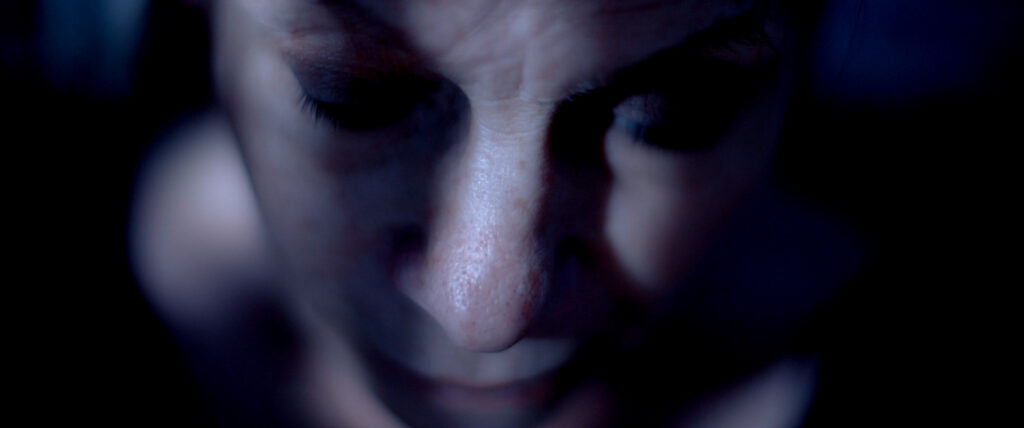

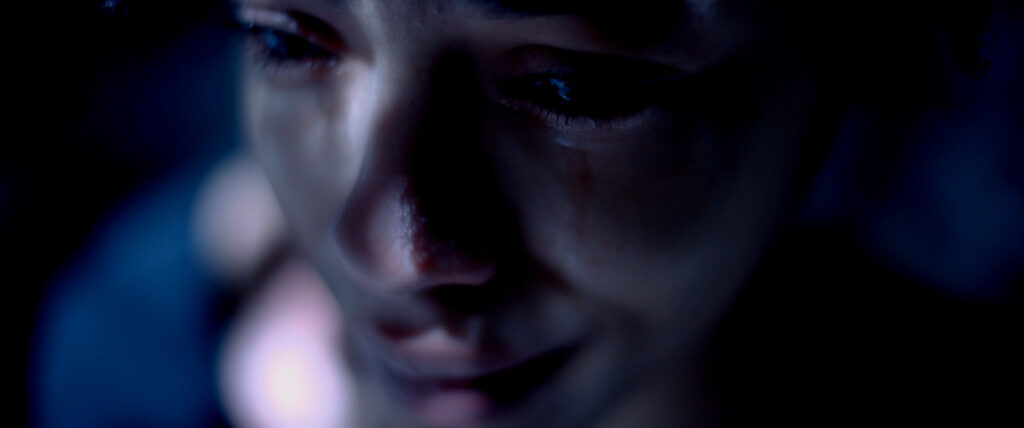
everyday star
Everyday states of being and decay are observed through the infinite scope of the cosmos and the restorative light which emanates from it, driving cinematic and photographic impulses.



The Queen of Material
A paean to Kenneth Anger, this film depicts a short procession of colourful material and a mysterious woman lit by the sun.
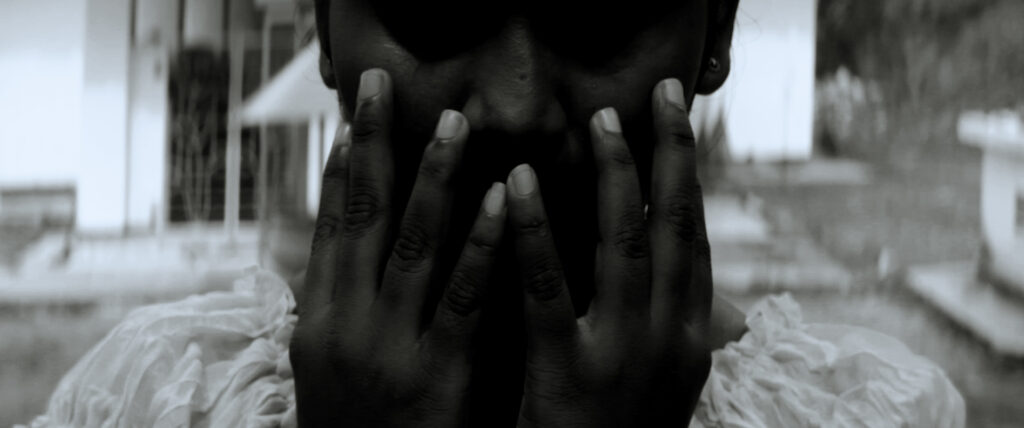
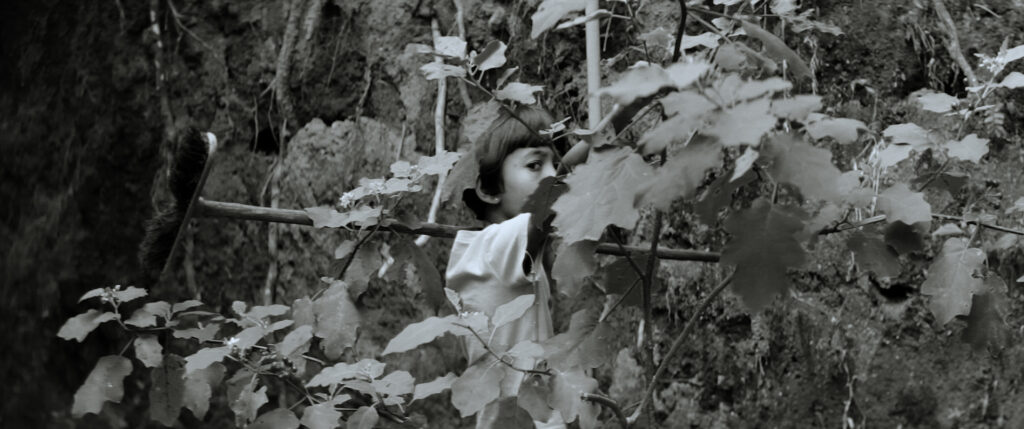
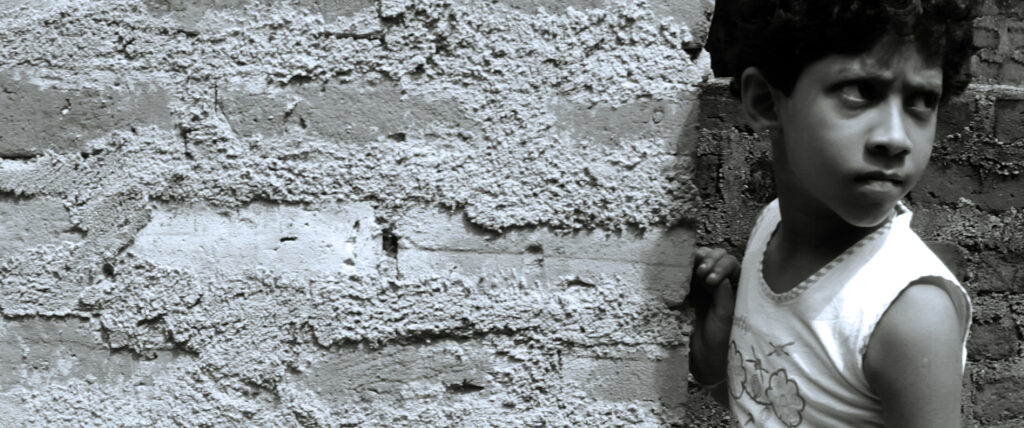
The Eyes of Summer
In a small and remote hamlet, a young girl develops a curious friendship with a spirit who lives in an abandoned house. The Eyes of Summer was shot in Samarasinghe’s mother’s village in Southern Sri Lanka—shortly after the civil war in 2010.



FOREIGN QUARTERS
The condition of distance, genetic to the ethnographic image, traces the elusive qualities of Samarasinghe’s mother’s past and persona as a woman of partial Chinese heritage.
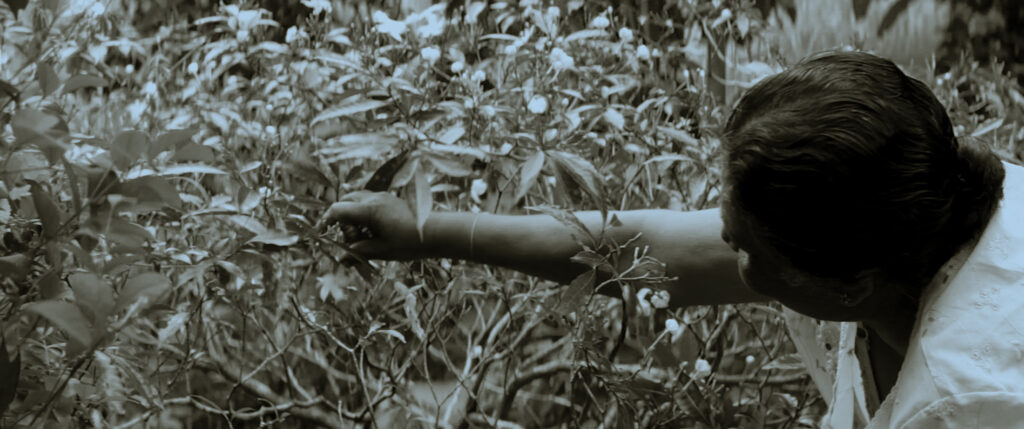
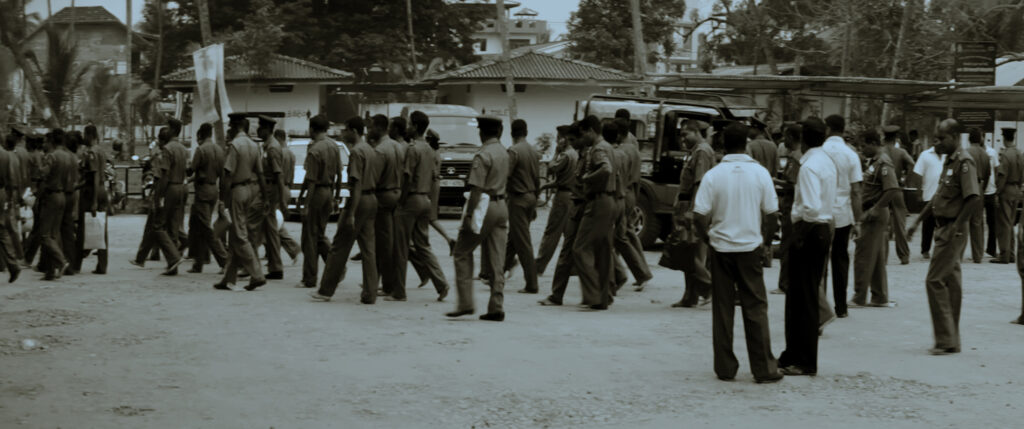
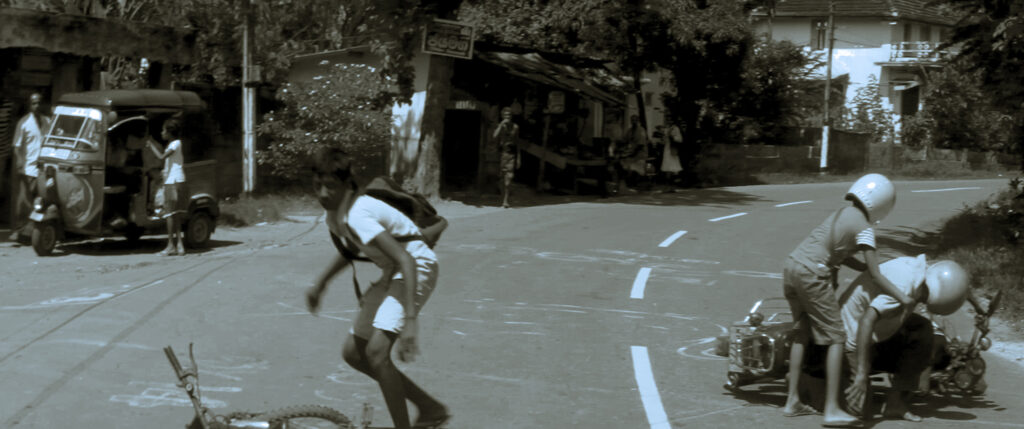
Misery Next Time
This associative stream of visuals, culled from the past, reflect on the roles of art, labor and journalism in contemporary Sri Lanka, facing a dubious future ahead. Memory and ethnographic deconstruction cascade in an obliterated form, forging a dire and prescient assemblage.
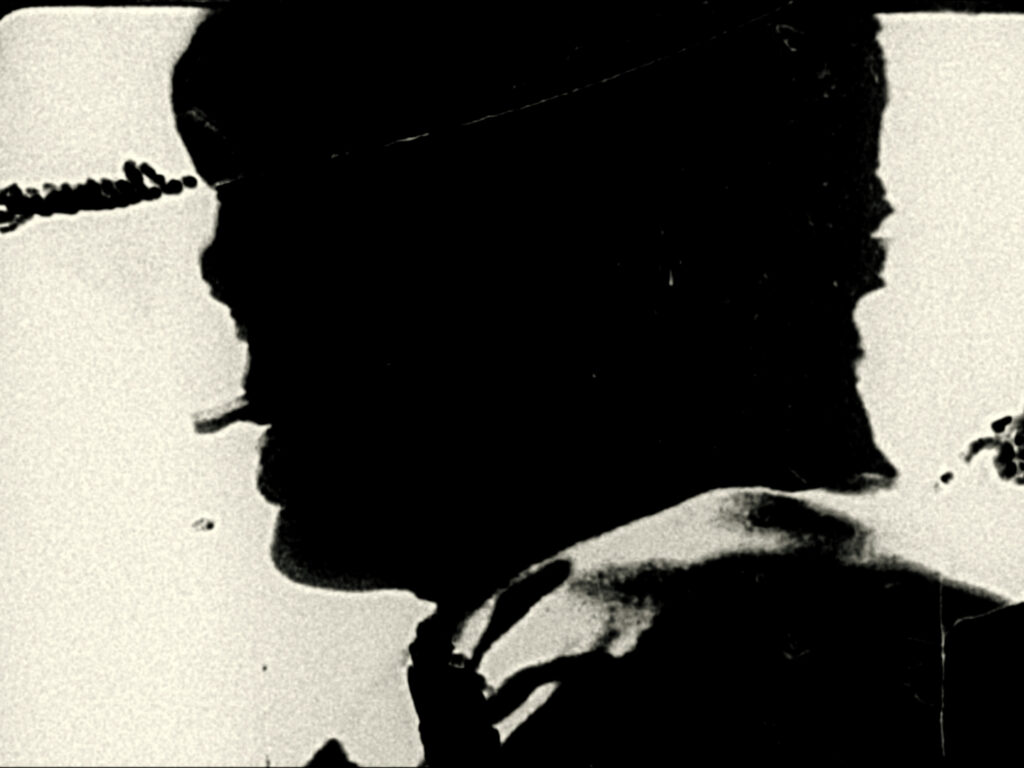
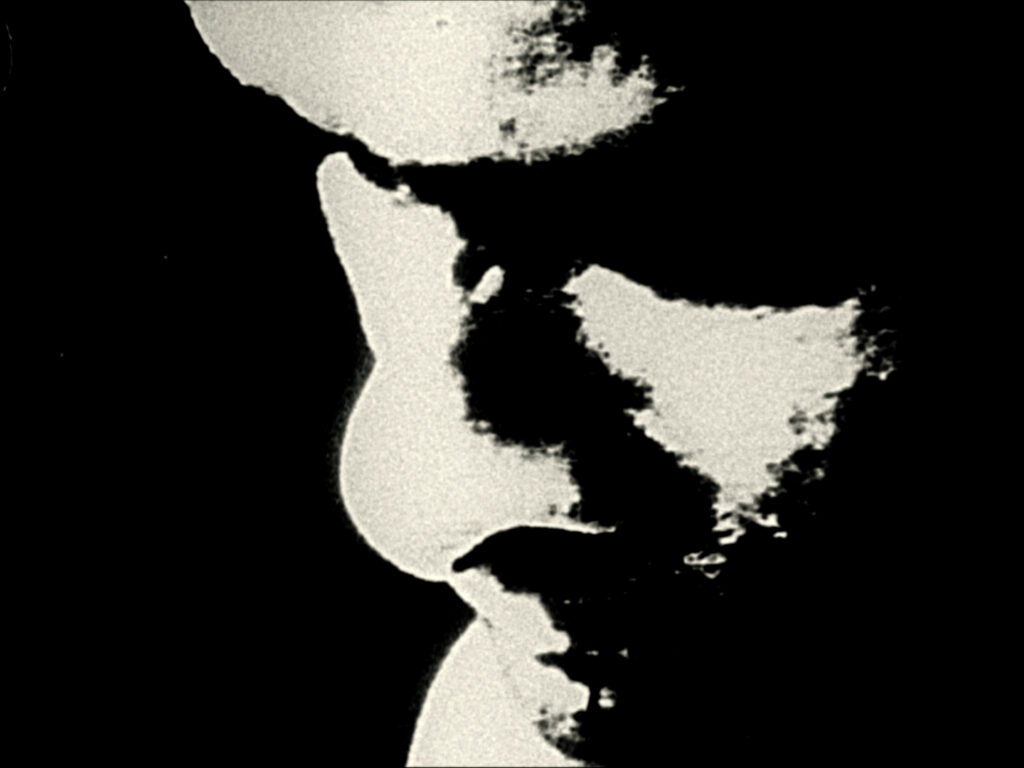
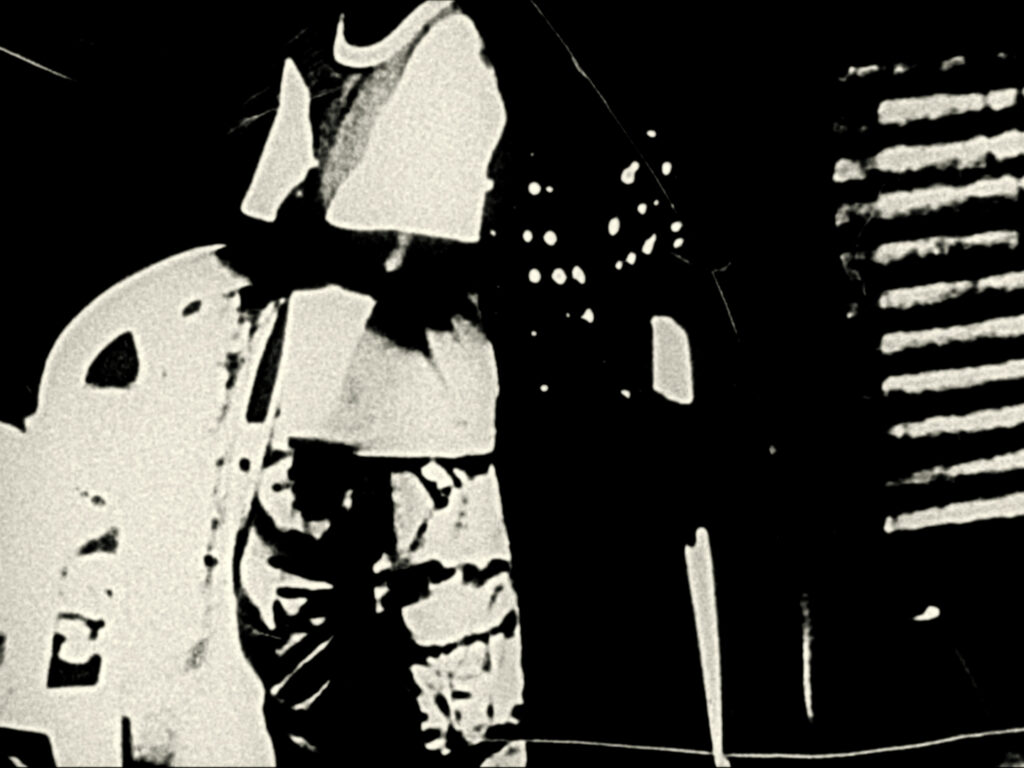
The Spectre Watches Over Her
A reaction to the groundbreaking text by Swiss anthropologist Paul Wirz entitled “Exorcism and the Art of Healing in Ceylon,” this silent and hand processed film considers a history of colonialism and ethnographic practices in South Asia. At his mother’s village, Samarasinghe restaged an exorcism once performed on her in the early 1960s when she was a little girl. Possessed by the lecherous entity known as the Kalu Kumara, the Sanni Yakuma healing ritual was performed over a 12-hour period.
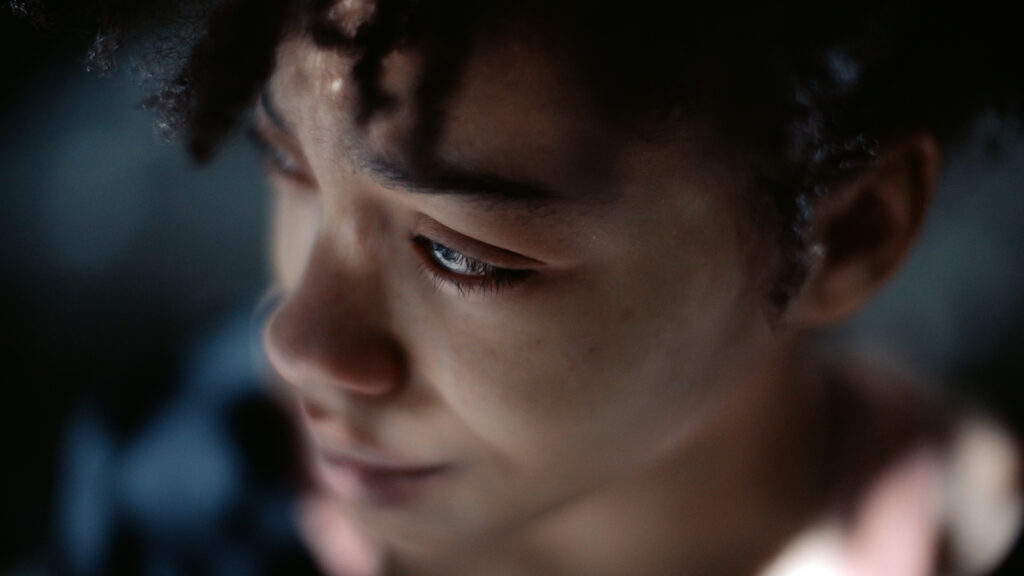
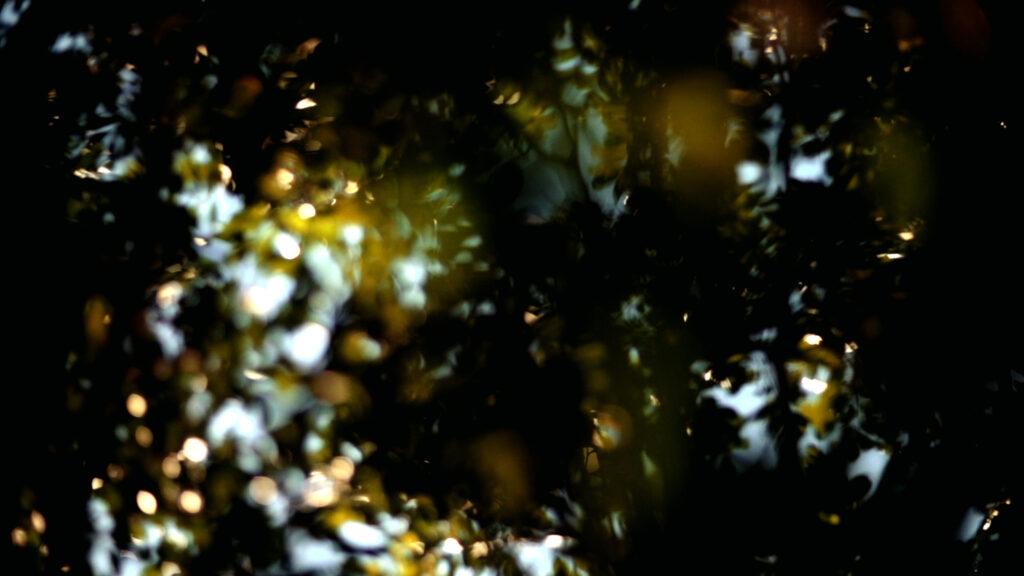
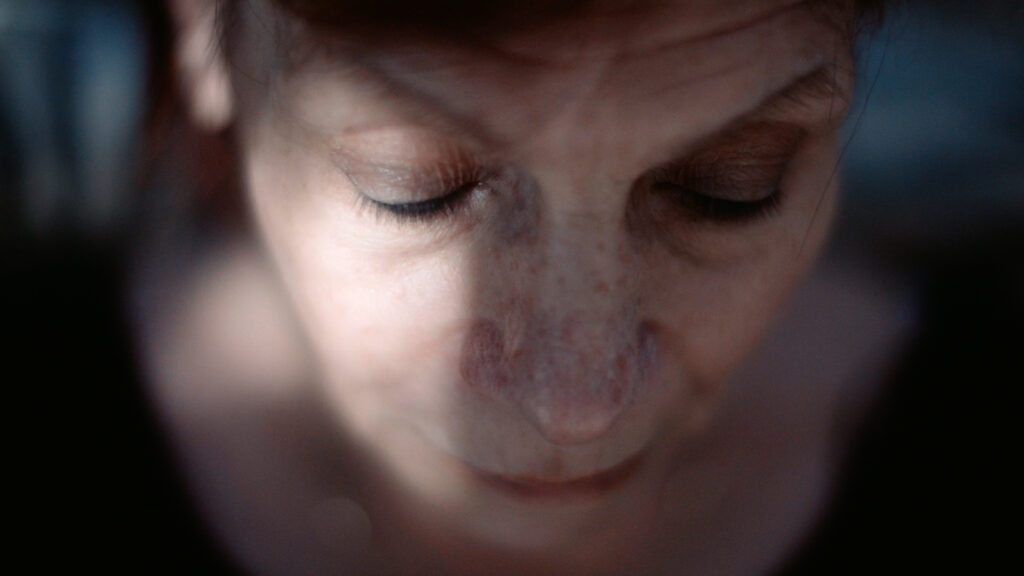
the past
Two people mourn an unsaid tragedy in this silent and improvised play in cinematic narrativity and melodrama, telling an elegiac tale in portraiture. In looking at narrative cinematic storytelling, this piece also examines the devices of power and control embedded into that form and tradition.
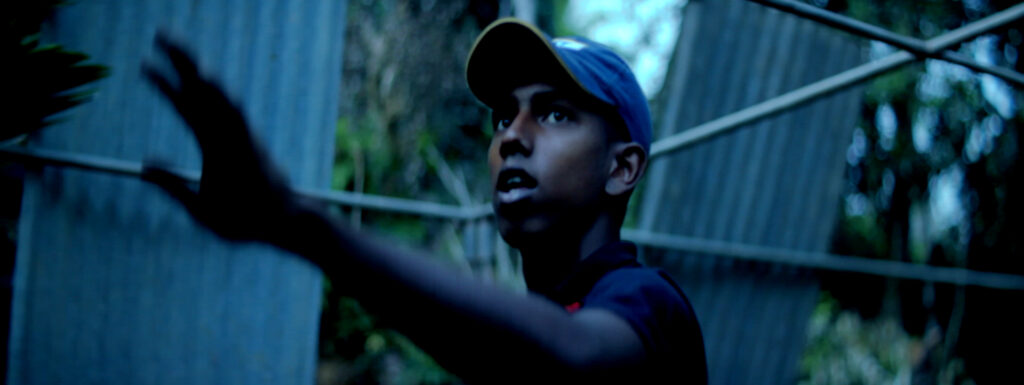
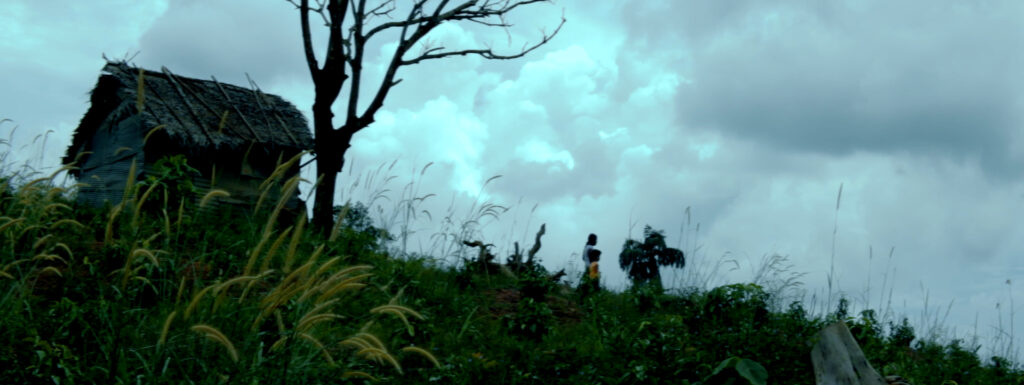
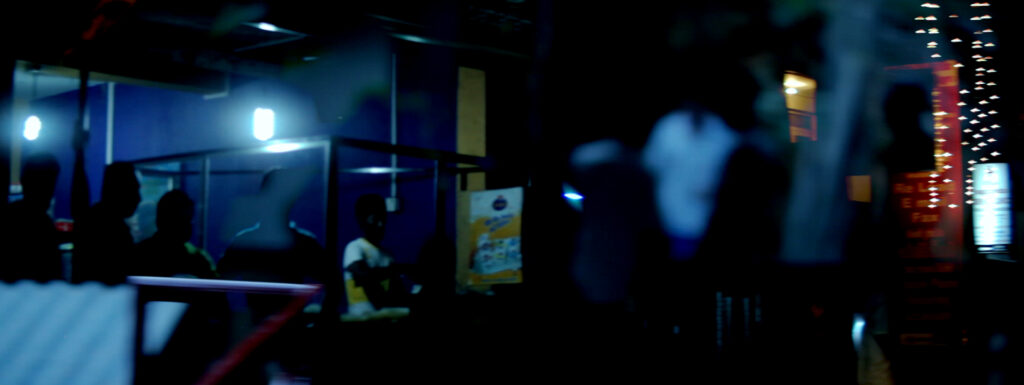
The Exile
Shot improvisationally in 2010, shortly after the end of the Sri Lankan civil war, this film takes a lyrical approach to examining recent history and the process of reconstruction in the post-war era. The visions of an exile are carried through an immoral silence, to an end both dubious and bittersweet.
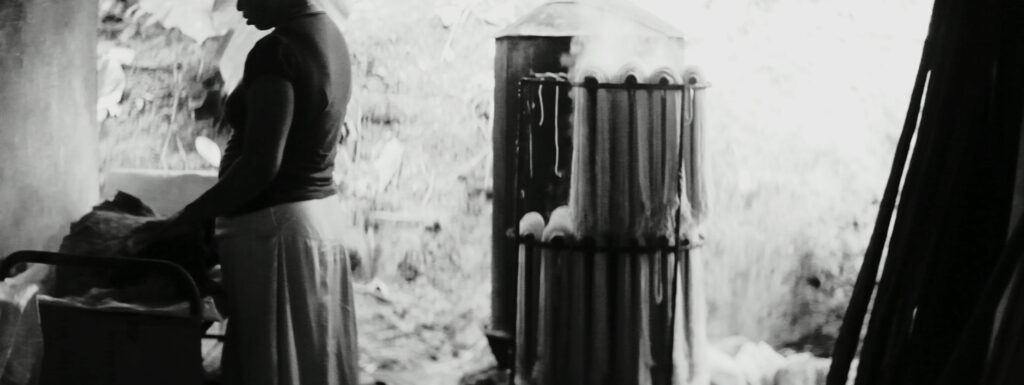
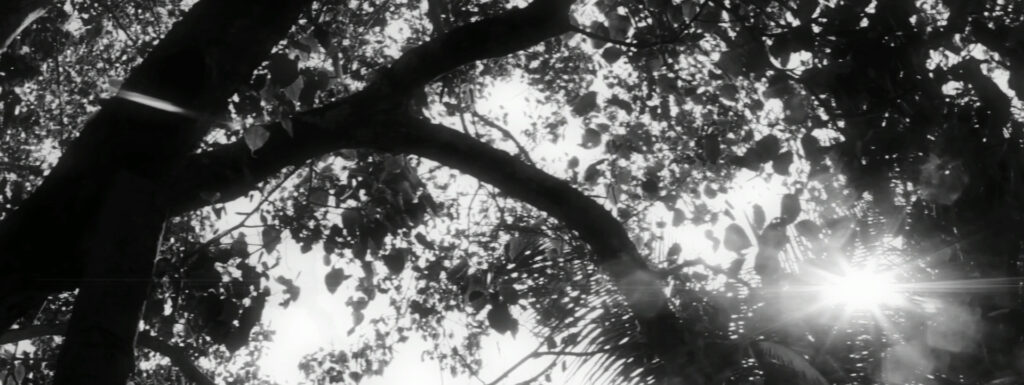
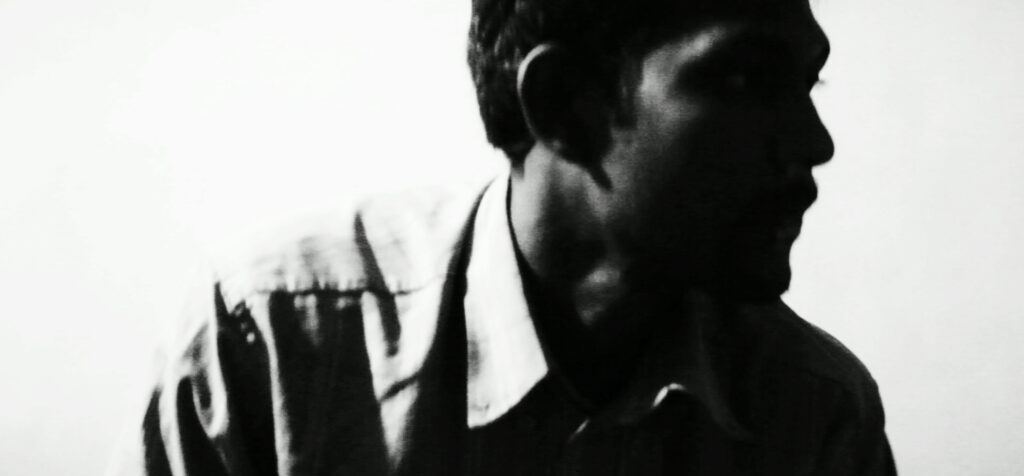
If I Were Any Further Away I’d Be Closer to Home
A silent poem reflecting on the place of the filmmaker’s mother’s birth and her first traces on earth. A generational portrait of South Asian “makers” becomes a perceptual voyage into memory, experience, and touch.

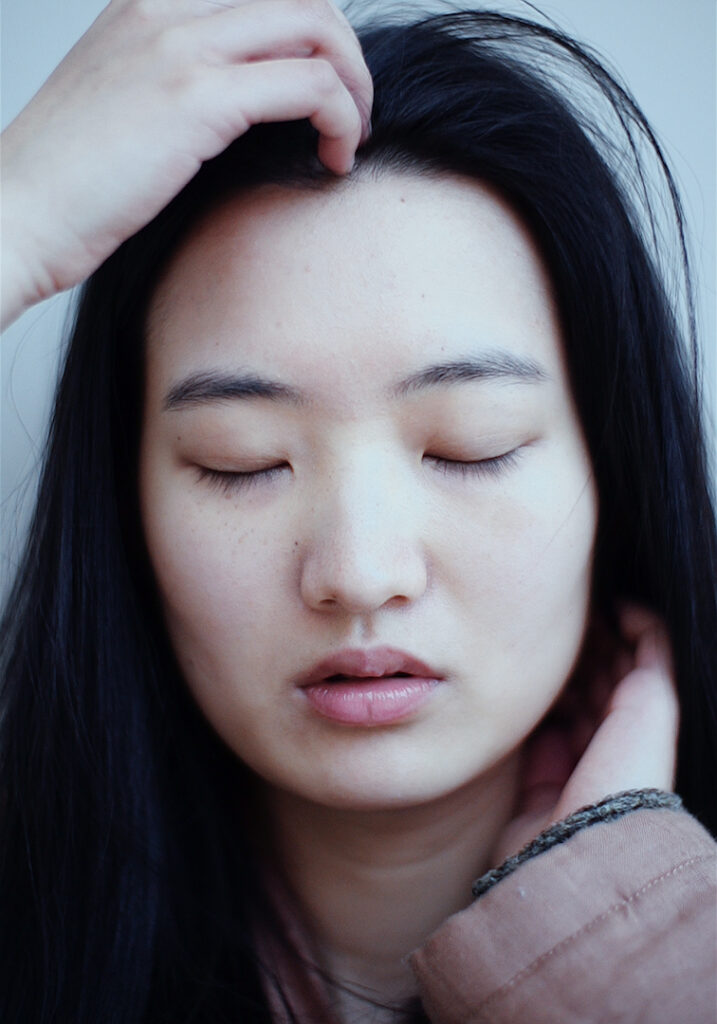
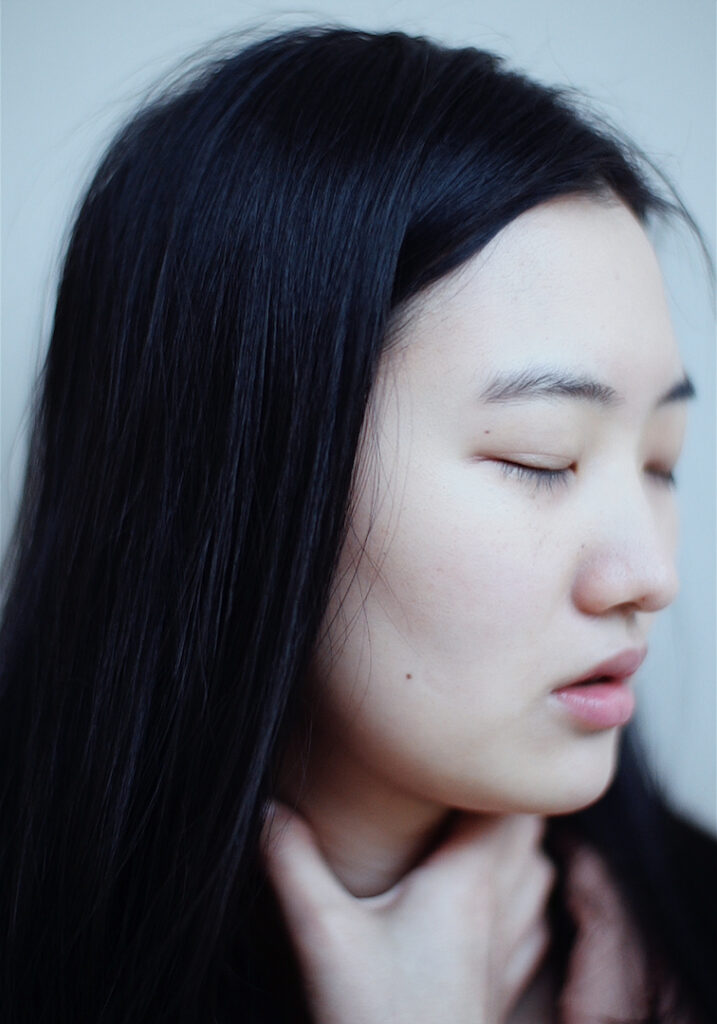
Untitled
A performance film consisting of a string of five slow motion portraits of a young woman—recalling the stillness of photographs. Each portrait varies in length and gesture as her myriad expressions invite our gaze.



black widow summer set
Informed by principles of psychogeography and human ecology, this non-verbal film suggests a mournful narrative involving humans and the nocturnal and crepuscular landscapes they inhabit.

